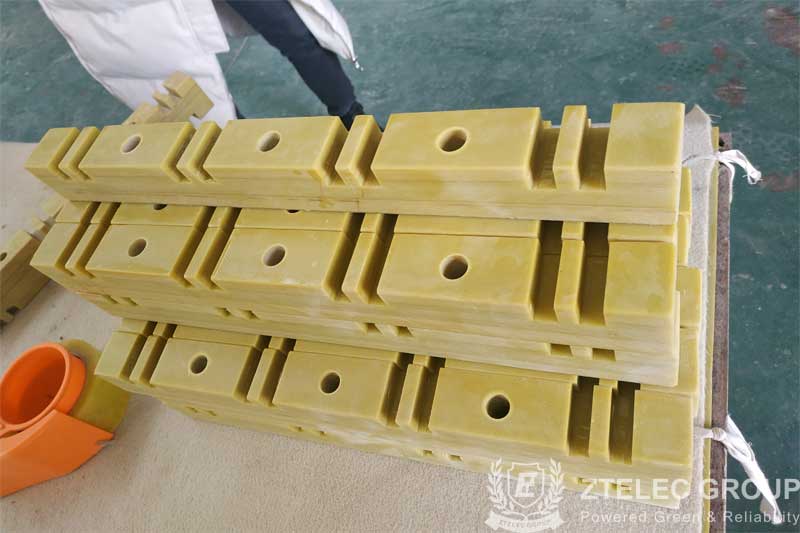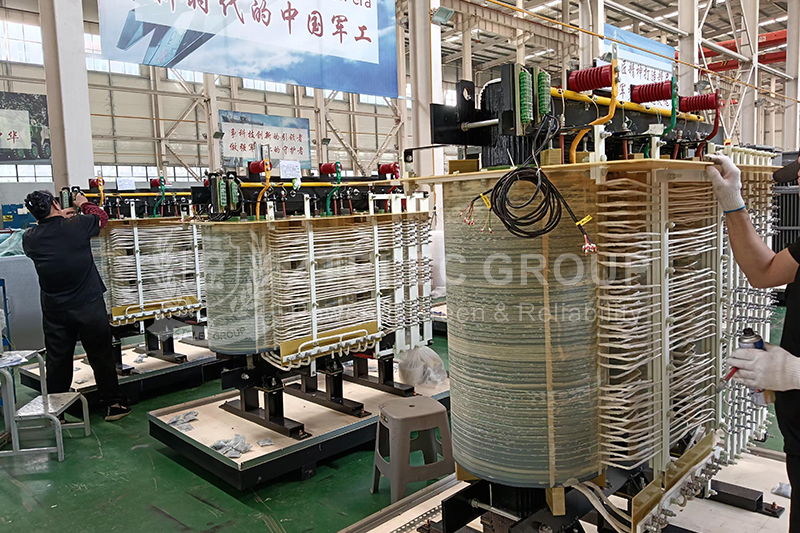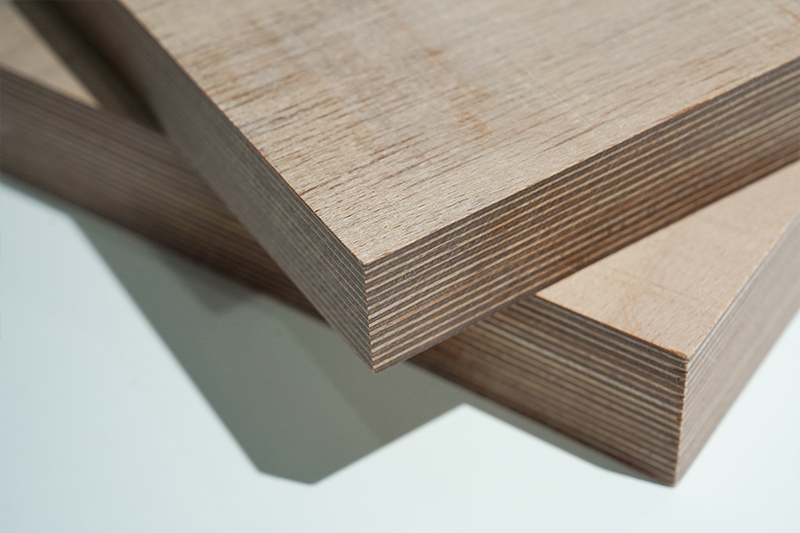High tough electrical insulator board contact number
Preparation and treatment of high tough electrical insulator board surface
1. After the copper surface has been graphically and etched into a circuit, the treatment and contact of PTFE surface should be minimized. Operators should wear clean gloves and place interlayer film on each board to pass on to the next program.
2. The etched PTFE surface has sufficient roughness for bonding. It is recommended that surfaces of PTFE be treated to provide adequate attachment where the etched sheet or uncoated high tough electrical insulator laminate board will be bonded. The chemicals used in PTH preparation can also be used for surface treatment.
3. Copper surface treatment shall ensure bonding strength. The brown copper oxide circuit treatment will strengthen the surface shape for chemical bonding using TacBond adhesive. The first process requires a cleaner to remove the residue and treat the oil. Fine copper etching is then performed to form a uniform rough surface area. Brown oxide acicular crystals stabilize the bonding layer during lamination. As with any chemical process, adequate cleaning after each step of the process is required. Salt residue inhibits adhesion. The final flush should be supervised and maintained at a PH less than 8.5. Dry layer by layer and make sure the surface is not contaminated by oils on the hand.

Superposition and lamination of high tough electrical insulator board, bonding temperature: 425℉ (220℃)
1. 250oF (100℃) baking sheet layer can eliminate moisture. The laminate electrical insulator board is stored in a tightly controlled environment and used within 24 hours.
2. A pressure field shall be used between the tool plate and the first electrolytic plate so that the pressure energy in the control plate is evenly distributed. The high pressure areas in the board and the circuit board to be filled will be absorbed by the field. The field also unifies the temperature from the outside to the center. Thus the thickness between the control panel is unified.
3. The high tough electrical insulator board must consist of a thin layer of TAC BOND provided by the supplier. Care should be taken to prevent contamination when cutting thin layers and stacking. 1 to 3 adhesive sheets are required depending on circuit design and filling requirements. The area to be filled and the dielectric requirements are used to calculate the requirements for 0.0015" (38 micron) electrical insulator board sheets.
4. To assist lamination, vacuum for 20 minutes before heating. It stays in a vacuum for the entire cycle. The extraction of air will help ensure that the circuit is encapsulated.
5. Temperature monitoring and appropriate cycles can be determined by placing a thermocouple in the periphery of the central plate.
6. The high tough electrical insulator board plate can be mounted on a cold or preheated press plate to start. If the pressure field is not used to compensate, the heat rise and cycle will be different. Heat input into the package is not critical, but should be controlled to minimize the gap between the periphery and the central area. Normally, the heat rate ranges from 12-20 oF/min(6-9℃/min) to 425oF(220℃).
7. Once loaded into the pressing machine of high tough electrical insulator board, the pressure can be applied immediately. The pressure will also vary depending on the size of the control panel. It should be controlled within the range of 100-200psi(7-14bar).
8. Keep the hot pressing temperature at 425oF(230℃) for at least 15 minutes. The temperature shall not exceed 450oF(235 °C).
9. During the laminating process, minimize the time spent in the unpressed state (e.g. transfer time from the hot pressing machine to the cold pressing machine). Maintain the pressure state until the pressure is below 200oF(100℃).
- more+releated article
- 2025-12-13How to Select and Use Phenolic Cloth-base Lami
- 2025-12-13How Much Does Bakelite Sheet Cost? 2025 Price
- 2025-12-13Why are most 3240 epoxy boards yellow?
- 2025-12-13What are the Main Applications of FR4 Epoxy Bo
- 2025-12-13Why Does the Price of Insulating Paperboard Va
- 2025-12-13Heat-Resistant DDP Insulation Paper
- 2025-12-13Comparison of Heat-Resistant DDP Insulating Pa
- 2025-12-13G10 and FR4 Epoxy Boards: Commonly Used for Ge
- 2025-12-13The Price of Heat-Resistant DDP Insulation Pap
- 2025-12-13How to Choose Epoxy Laminate Materials for Gen





